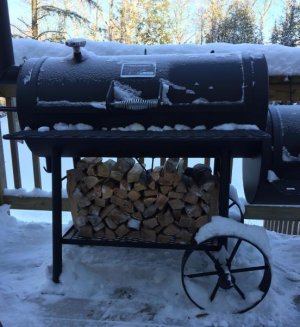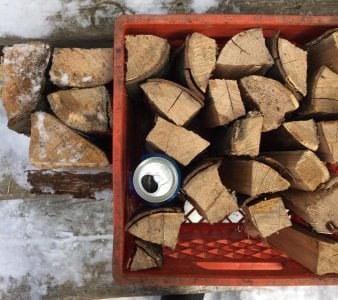Boisblancboy
Got Wood.
Well I’d like to do a review of my brand new Yoder Cheyenne for future buyers. This review will be in a few parts as I continue my learning process with this smoker.
Today was the first time I had ever used a stick burner and this run was to practice and to burn off all the oils.
Weather outside was 10F with no wind. I’m waiting for the heat management plate to show up so that wasn’t included in this burn. Used Kingsford charcoal to get my initial coal base and all Red Oak splits from there.
The quality of the unit is top notch. Can’t complain about anything in this area.
Once I got a nice hot bed of coals I threw 2 splits of the oak on and it only took 10-15 seconds to get burning which I thought was pretty well seasoned. Come to find out, it wasn’t. The center still wanted to sizzle for a bit, which complicated things a little, but eventually dried out. The smaller of the splits I had burned fine.
On the initial start up I added too much wood and she got pretty hot which is ok this time since I needed to do the cleaning burn. I set up my thermometers on the cooking grates on the firebox side and stack side. Firebox side got as high as 550f and the exhaust side maxed at 350. Other than when the temp spiked, without the heat management plate the temp difference was about 100-125f different.
Also during start up I had heavy white smoke but this was due to wet wood for sure. It was billowing out of every crack, hole and vent. But as the unit came up to temp and the white smoked cleared to TBS things really stabilized out. I had to leave th firebox door open while the wood was sizzling. After it dried or I used small dry splits I could shut the door and use the damper to control it. Although being so cold outside I never did shut the damper at all.
Now when I had things at its hottest I did notice that while moving the latch for the firebox door the paint was almost smearing. Not a big deal cause it’s going to wear off anyway in time.
Overall I feel the unit preformed as well as it could considering the fuel I fed it and how I operated it. I do feel I should have used a larger amount of charcoal to start things off with. Also I think I may add another smaller sized grate over the charcoal grate to retain more coals from falling down to the bottom of the firebox.
Any questions, opinions or tips are welcomed! More to come after I clean the heat management plate and first cook. I’d like to keep adding to this as much as I can.
Also please do not yell at me for the unopened beer!
Today was the first time I had ever used a stick burner and this run was to practice and to burn off all the oils.
Weather outside was 10F with no wind. I’m waiting for the heat management plate to show up so that wasn’t included in this burn. Used Kingsford charcoal to get my initial coal base and all Red Oak splits from there.
The quality of the unit is top notch. Can’t complain about anything in this area.
Once I got a nice hot bed of coals I threw 2 splits of the oak on and it only took 10-15 seconds to get burning which I thought was pretty well seasoned. Come to find out, it wasn’t. The center still wanted to sizzle for a bit, which complicated things a little, but eventually dried out. The smaller of the splits I had burned fine.
On the initial start up I added too much wood and she got pretty hot which is ok this time since I needed to do the cleaning burn. I set up my thermometers on the cooking grates on the firebox side and stack side. Firebox side got as high as 550f and the exhaust side maxed at 350. Other than when the temp spiked, without the heat management plate the temp difference was about 100-125f different.
Also during start up I had heavy white smoke but this was due to wet wood for sure. It was billowing out of every crack, hole and vent. But as the unit came up to temp and the white smoked cleared to TBS things really stabilized out. I had to leave th firebox door open while the wood was sizzling. After it dried or I used small dry splits I could shut the door and use the damper to control it. Although being so cold outside I never did shut the damper at all.
Now when I had things at its hottest I did notice that while moving the latch for the firebox door the paint was almost smearing. Not a big deal cause it’s going to wear off anyway in time.
Overall I feel the unit preformed as well as it could considering the fuel I fed it and how I operated it. I do feel I should have used a larger amount of charcoal to start things off with. Also I think I may add another smaller sized grate over the charcoal grate to retain more coals from falling down to the bottom of the firebox.
Any questions, opinions or tips are welcomed! More to come after I clean the heat management plate and first cook. I’d like to keep adding to this as much as I can.
Also please do not yell at me for the unopened beer!
Attachments
-
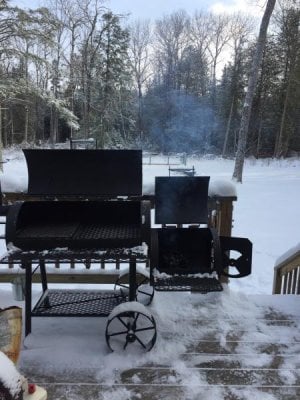 899D8E66-E8DE-412E-BE8C-F693123867A6.jpg56.3 KB · Views: 618
899D8E66-E8DE-412E-BE8C-F693123867A6.jpg56.3 KB · Views: 618 -
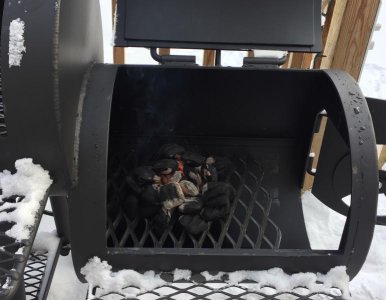 65A757B0-0D6F-45E2-98EB-BE8DAAD2283C.jpg50.7 KB · Views: 603
65A757B0-0D6F-45E2-98EB-BE8DAAD2283C.jpg50.7 KB · Views: 603 -
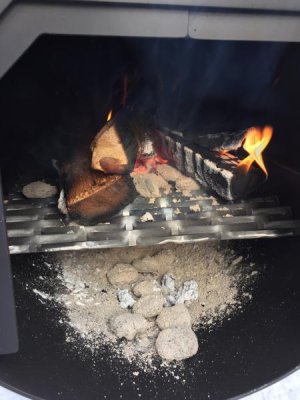 CA66851F-F803-45FE-93D0-D4B0688F6CE4.jpg40.1 KB · Views: 597
CA66851F-F803-45FE-93D0-D4B0688F6CE4.jpg40.1 KB · Views: 597 -
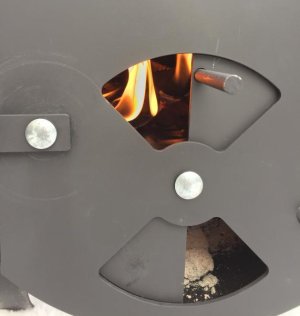 9E656FAD-480E-4135-8148-F267EBD18107.jpg21.9 KB · Views: 601
9E656FAD-480E-4135-8148-F267EBD18107.jpg21.9 KB · Views: 601 -
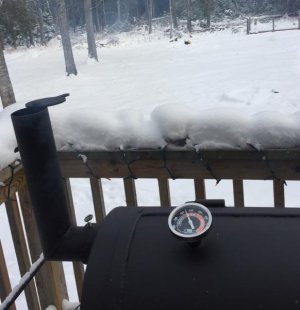 1D04614D-AEE2-4E60-9A79-5BA196F505B8.jpg37.8 KB · Views: 600
1D04614D-AEE2-4E60-9A79-5BA196F505B8.jpg37.8 KB · Views: 600 -
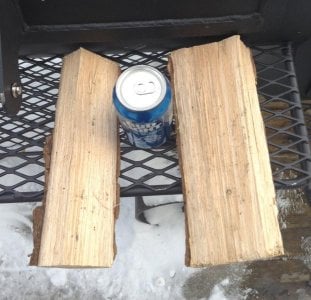 00405ABD-52C1-4390-9F88-DB14E06185D3.jpg58.5 KB · Views: 599
00405ABD-52C1-4390-9F88-DB14E06185D3.jpg58.5 KB · Views: 599 -
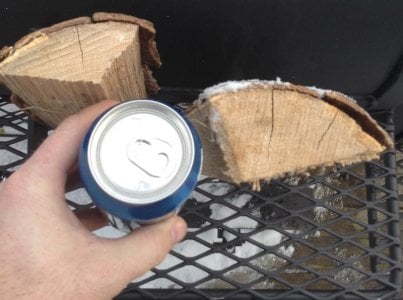 AC225682-D3C6-4CD8-9314-B060535CD540.jpg58.2 KB · Views: 601
AC225682-D3C6-4CD8-9314-B060535CD540.jpg58.2 KB · Views: 601


